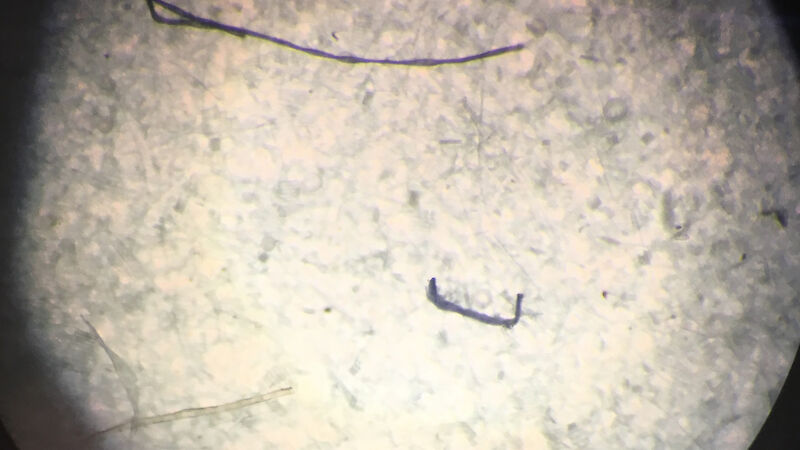Microplastics have been identified in Antarctic sea ice for the first time.
The research, published in Marine Pollution Bulletin by scientists from the Institute for Marine and Antarctic Studies and the Australian Antarctic Division, analysed an ice core collected in East Antarctica in 2009. The team identified 96 microplastic particles from 14 different types of polymer.
Lead author, Anna Kelly, said plastic pollution has previously been recorded in Antarctic surface waters and sediments, as well as in Arctic sea ice, but this is thought to be the first time plastic has been found in Antarctic sea ice.
“The ice core we analysed was from coastal land-fast sea ice and averaged almost 12-particles of microplastic per litre,” Ms Kelly said.
“While this concentration is lower than that found in some Arctic sea-ice samples, the 14 different polymer types we identified is only slightly less than the 17 found in Arctic studies.”
The microplastic polymers in the Antarctic ice core were larger than those found in Arctic cores, indicating a local pollution source, as the plastic has less time to break down into smaller fibres. Such sources could include clothing and equipment used by tourists and researchers, but varnish and plastics commonly used in the fishing industry were also found.
Ms Kelly said the study’s findings indicate sea ice has the potential to be a significant reservoir for microplastic pollution in the Southern Ocean. Rather than sinking to the deep ocean, the entrapment of microplastics in Antarctic sea ice allows them to persist for longer near the sea surface.
“This would make them more available for consumption by marine organisms such as krill, a keystone species in Southern Ocean ecosystems, and consequently marine predators higher up the food chain,” she said.

